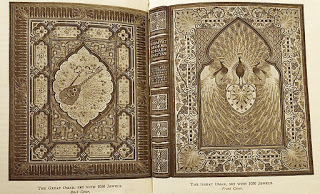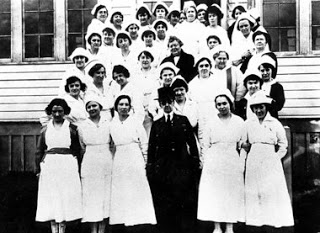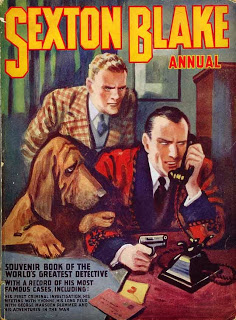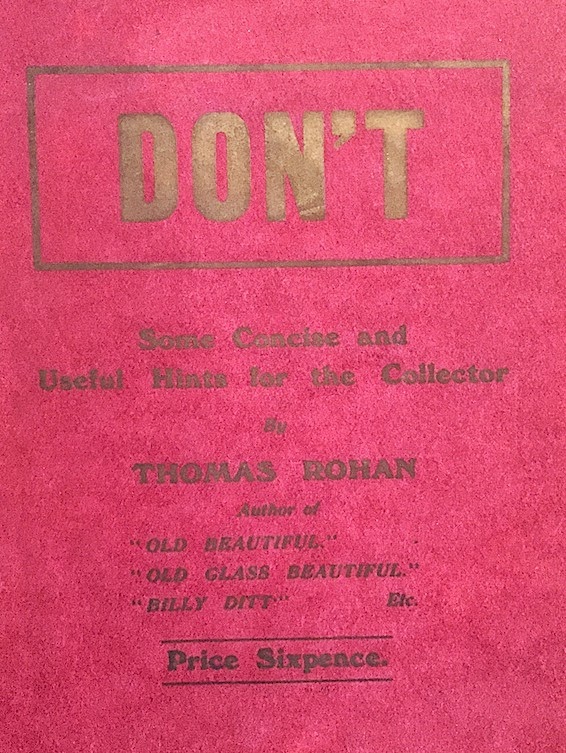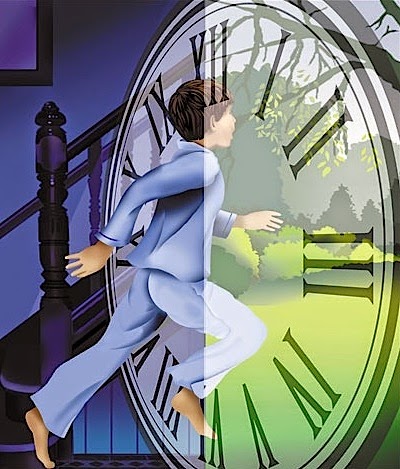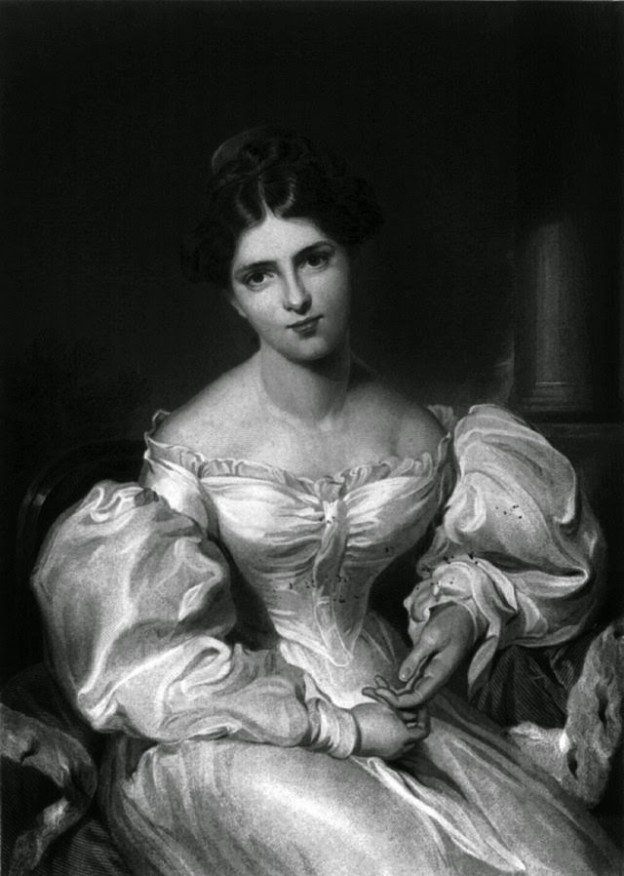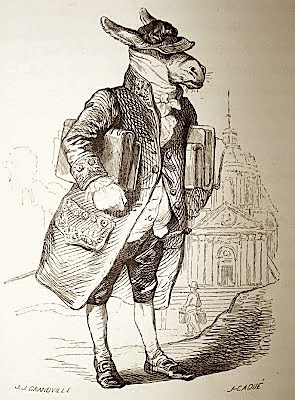 Found--
Martin Stone's Forgotten Shelf book catalogue no. 5: Modern Literature Fantasy and Detective Fiction - November 1982. The macabre cover was hand-coloured by impecunious students and the image from the cover taken from a Marcel Schwob novel Coeur Double (Paris, 1891.) Martin, now an expat in Paris, is still going strong but has not done a catalogue since the 1980s. The dedication reads..
Found--
Martin Stone's Forgotten Shelf book catalogue no. 5: Modern Literature Fantasy and Detective Fiction - November 1982. The macabre cover was hand-coloured by impecunious students and the image from the cover taken from a Marcel Schwob novel Coeur Double (Paris, 1891.) Martin, now an expat in Paris, is still going strong but has not done a catalogue since the 1980s. The dedication reads..
Thanks should go to Mr. D. Attoe of Wapping and Mr. Robin Summers for sterling excavation work in the compiling of this catalogue. A tip of the hat also to Iain Sinclair of Albion Village Books for light shed in some obscure bibliographic corners and to Skoob Books for the use of congenial office facilities beyond the boundaries of the East End.
There follows a poem by David Attoe, now a US expat and at that time poet, book collector and Ford Madox Ford expert. He later published a novel Lion at the Door (Little, Brown, 1989) which had a great succes d'estime, even carrying a blurb from Thomas Pynchon.
Continue reading





